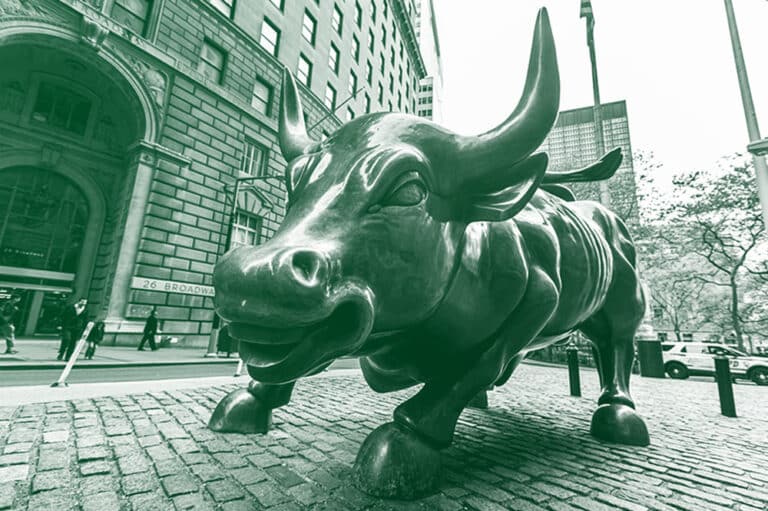
By Robert Tipp, CFA, Chief Investment Strategist and Head of Global Bonds, PGIM Fixed Income
The young bond bull market that started last year took a performance pause in the second quarter as yields unwound some of the first quarter’s flight-to-quality rally triggered by the US regional bank crisis. Markets subsequently came to grips with the fact that, with inflation still high and unemployment low, central banks were unlikely to turn tail on their inflation-fighting mission and begin cutting rates.
Accordingly, markets pushed rates higher as they repriced from rate cut expectations back to expectations for further rate hikes in the months ahead. The newly elevated level of income generated by bonds, however, was generally sufficient to offset the price erosion from rising yields.
With the third quarter underway, the pace of economic growth is moderating, but inflation remains far too high for central bankers to stop their rate hikes – just yet. As the “will they” or “won’t they” debate continues, for developed market central banks, the increments of the hikes are getting smaller, and they are skipping some meetings. These are signs that most of the increases are behind us and that the hikes to come are increasingly fine-tuning exercises. Meanwhile, emerging market central banks, many of which started hiking earlier and more aggressively, are more clearly pondering how their cycles should end and when cuts should begin.
Also read: The Core Role of Bonds is Back
All said, this backdrop is likely to fuel a continuation of the bull market that began in Q4 2022, one driven not by a rapid drop in yields, but simply driven by yield itself. After yields recovered from their depressed post-financial crisis and pandemic-driven levels back to heights not seen for years if not decades, we may now be witnessing a bull market fueled by simply earning a decent amount of yield and the likely incremental return generated by non-government spread products over and above government returns.
Declining volatility to support spread product performance

The enemy of the spread markets over the last two years has not been credit deterioration as much as it has been anxiety. This relationship was clearly demonstrated by the strong connection witnessed between implied volatility on interest rates – a measure of uncertainty with regards to the magnitude and direction of expected interest rates fluctuations – and credit spreads.
Effectively, any sudden movements in interest rates, whether occurring in last year’s selloff or the first quarter’s SVB rally, spooked investors, driving flows out of bonds and pushing spreads wider. With the pace of central bank rate hikes expected to dramatically downshift in the quarters ahead, interest-rate volatility is likely to continue declining, which should allow spreads to remain range bound or, more likely, to narrow in the months ahead and provide a boost to fixed income returns.
All is not well, but it may be good enough for bonds
The horizon remains clouded by geopolitical events and the potential lagged impact of interest rate hikes, all of which dictates vigilance regarding the evolution of the investment environment. But the fact remains that the global economy has weathered the start of a war, upward inflation shocks, a fair amount of quantitative tightening, and a historic amount of rate hikes in reasonably good form. With central banks set to moderate their rate hike paths, the bull market looks set to continue in the quarters ahead thanks to the newly restored levels of yield and the potential for incremental returns from spread products.
While risks remain, the pause of Q2 will likely be brief and the bull market that started in Q4 2022 is likely to resume over the second half of 2023. Depending on the desired risk exposure, rationale exists for allocations into several fixed income asset classes. Yet, our recommendations for core holdings skews to higher-quality assets, or risk assets managed more conservatively.

































